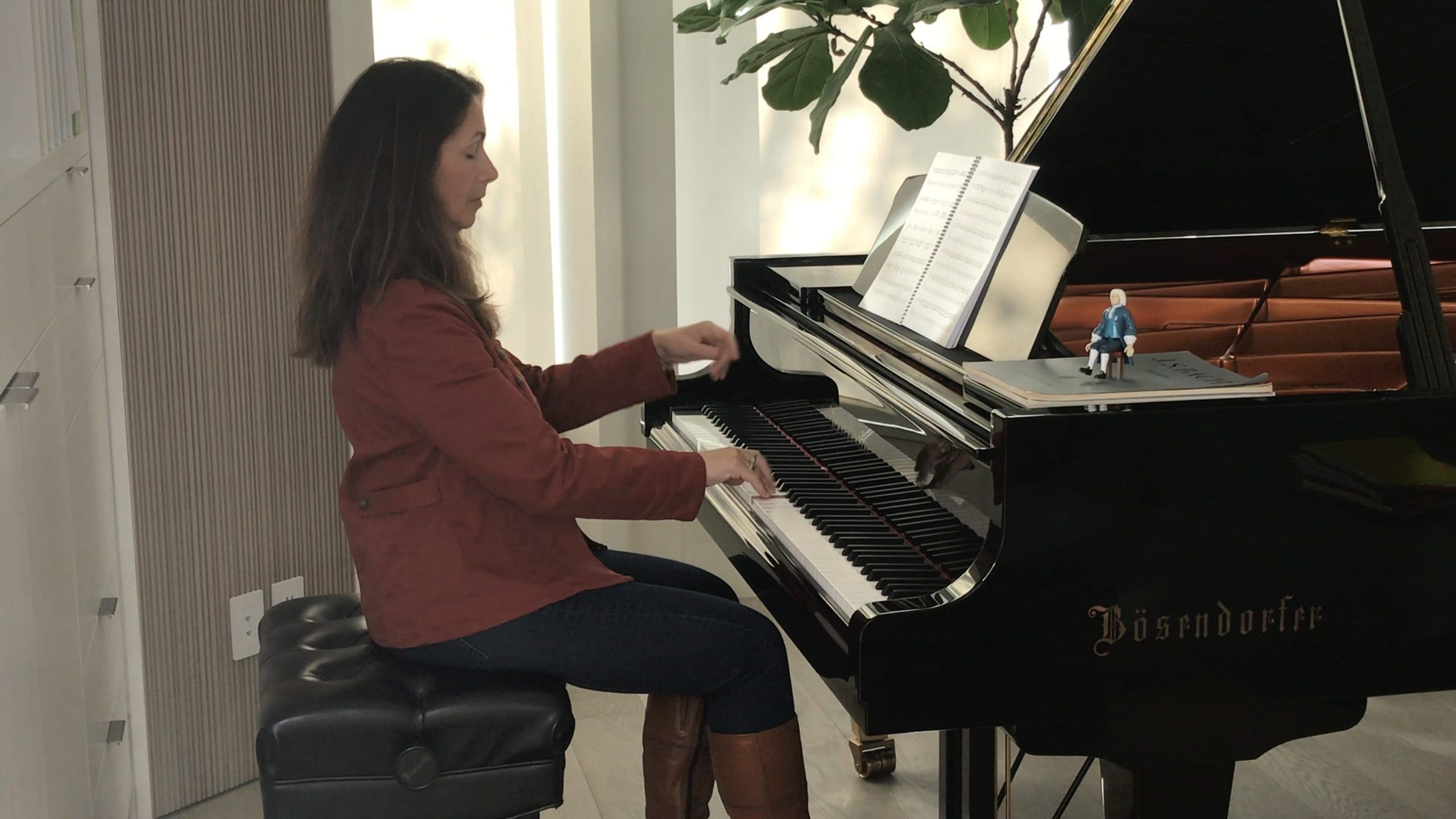When I was completing my M.A. in Piano Pedagogy, one of the courses involved a broad survey of existing piano method books. To my dismay, I found a large quantity of methods, even series, using mostly pieces in 5-finger position. It was clear that such method books would foster a problem of tension and incorrect use of the student’s arms, not to mention hinder one’s note-reading progress. Of course, my perspective was due to growing up in a different country, where beginning piano students were taught from a standard method, “The Russian School of Piano Playing”, where the 5-finger position was scarcely found.
Scrolling through my Instagram feed recently, I had that familiar feeling of uneasiness after seeing multiple posts of innocent children dutifully banging out 5-finger melodies with tight arms and a wooden sound. Of course, there are also some wonderfully musical performances by beginners but, the balance seemed in favor of the “tried and true” C or G position pieces. The sad truth is that the publishers love to push easily playable selections, and let’s face it, 5-finger position is EASY. Unfortunately, it quickly becomes a crutch. Having your hands in the same place throughout one piece prevents your arms and torso from moving and fosters habitual upper-body tension which may go unnoticed for way too long.
I would like to encourage all piano teachers, adult beginners and parents of young beginners to be wary of beginner/intermediate piano selections in the 5-finger position. A couple of those is fine, as long as the student concurrently plays pieces where the arms have to move along the keyboard. Please avoid piano method series where 5-finger positions predominate. Repairing the damage will take a whole lot of work and sometimes is too difficult to reverse.
My piano transcription of the complete Bach Cello Suites for Piano (link to score) was partially intended as useful material for students. Most of the 36 movements allow for great freedom of motion, bass-clef reading practice, legato work and easy study of patterns and intervals. The video includes a performance of the Prelude from Cello Suite #3, as well as my thoughts on the “tyranny” of the 5-finger position. I hope that you will find it useful for working on relaxation of your body and mind during practice. Happy practicing!
